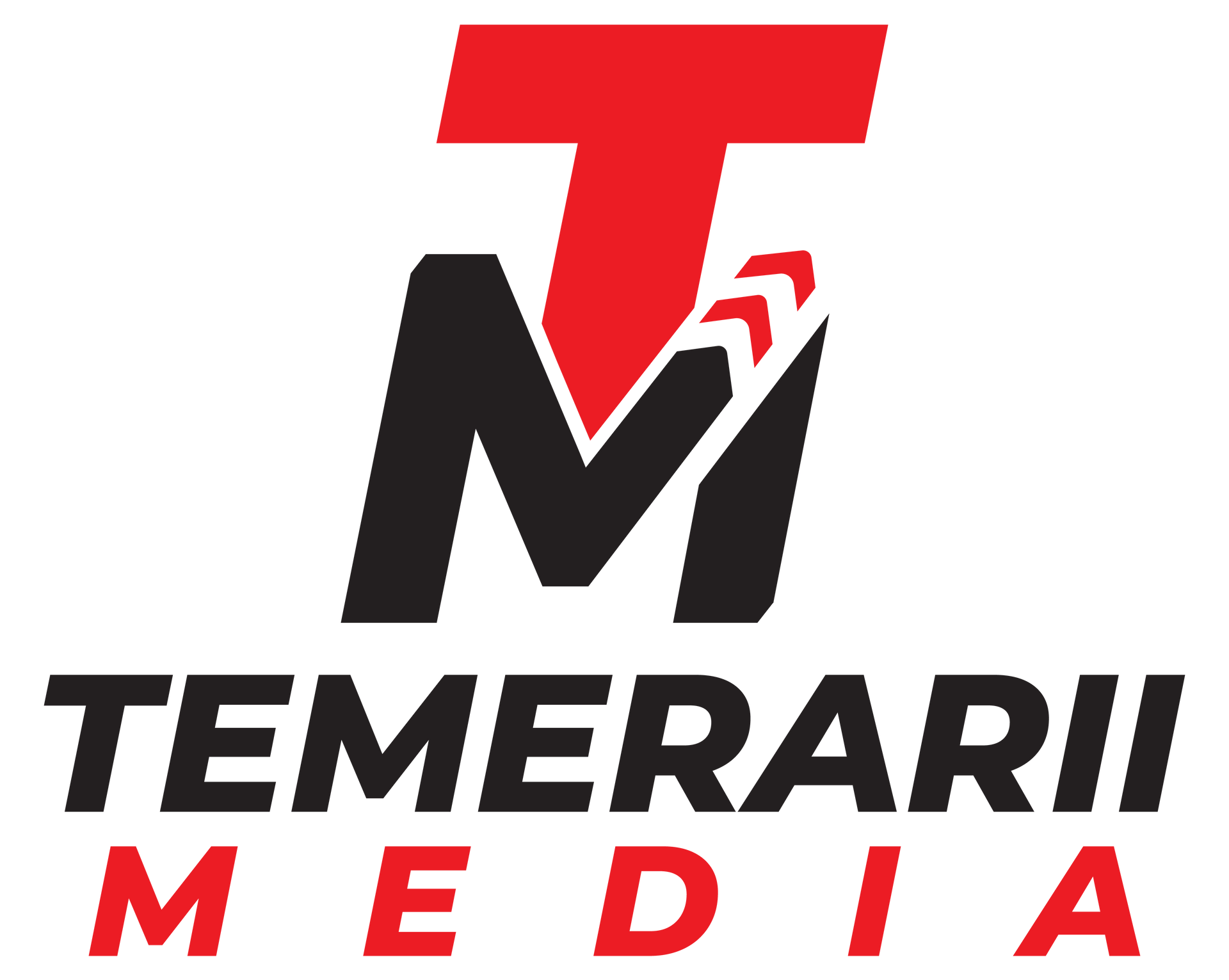Brand marketing is the work of shaping what people feel, remember, and expect when they come across your name, your product, or your presence in the world. It is not only about getting attention. It is about building meaning around that attention so that when people see you again, they recognize you, trust you, and lean in instead of passing by. The goal is to live in someone’s mind in a specific way, on purpose. When a brand is positioned clearly and expressed consistently, it becomes shorthand. People do not just buy the product. They buy what being connected to that brand says about them, what they believe they are getting from it, and what they assume it will continue to deliver.
This is different from pure performance marketing where the focus is immediate action and measurable response. Performance wants a booked call, an email capture, a purchase. Brand wants something slower and deeper. Brand wants memory. Brand wants to own a space in the market and a space in culture. When that space is established, it changes the math of the business. The more people already trust you before they ever hit a landing page, the less resistance you have to fight in the sales process. They are warmer before you ever speak to them. They are more likely to pay premium pricing. They are more likely to come back again without you having to run a fresh ad to win them all over again.
Brand marketing also gives the company leverage that survives platform swings, algorithm shifts, and ad cost spikes. When you are just another option, you are fragile. When you are the option, you are defended. A strong brand can expand into new offerings, enter new channels, pitch new partnerships, and negotiate from a position of strength because people already believe in its value. A weak brand is always reintroducing itself, always justifying its own existence, and always racing to buy more reach. A strong brand does not need to shout to be heard. It is already known before it speaks.
Identity and Positioning
Inside brand marketing, identity and positioning sit at the core. Identity is not just a logo. It is the full system of who you are, what you promise, how you sound, how you look, and what you refuse to be. Positioning is the line you draw in the market. It is the answer to the question why you and not the other option. Together, identity and positioning act like the spine of the brand. Every decision you make in public should connect back to them. When you speak, it should sound like you. When you show up visually, it should look like you. When someone interacts with your team, the interaction should feel like something only you would do.
Branding work starts with clarity. The brand needs a point of view and a promise. The point of view is how you see the world your customer lives in. The promise is what you deliver to them that matters. If you sell a product, the promise is not just features. It is the feeling and the outcome you are attaching to those features. If you sell a service, the promise is not just capability. It is trust, relief, safety, confidence, status, or acceleration. Strong brands are built around a promise that people can repeat without help. When you can finish the sentence this brand is the one that, you are getting close.
Visual identity is how you make that promise recognizable at a glance. The logo, wordmark, icon, color palette, typography, spacing rules, contrast rules, and usage rules all live here. A mark that is stretched, recolored, and rearranged without discipline does not build recognition. It erodes it. Consistency is what lets the audience absorb the brand without work. After enough repetition, they can spot you on a crowded shelf, in a crowded feed, or at a crowded event because you have taught them how you look. That familiarity is not an accident. It is designed. Brands that take themselves seriously treat their visual system like infrastructure. You do not casually redraw it. You protect it.
Voice and messaging are just as critical as visuals. The words you choose, the tone you use, and the rhythm of how you speak are part of your identity. Some brands sound like authority. Some sound like a trusted friend. Some sound like an operator who has been in the field and has scars to prove it. Some sound like a guide. The important part is that you choose the voice intentionally and you keep it focused. If you sound warm on social, clinical in email, and desperate in paid ads, no one knows who you are. When voice is consistent, people begin to hear you even when you are not talking. They learn what you would say, how you would say it, and how you would react. That is how you move from being a vendor to being something they identify with.
Creative Expression and Visual Systems
Creative work is how the brand moves. Campaign concepts, core visuals, story angles, and the emotional frame you build around an offer all live in this layer. Creative direction translates identity into living communication. When someone sees a campaign and immediately understands what it is about, how it makes them feel, and whether it is for them, that is creative doing its job. When someone sees a campaign and cannot tell if it is yours or someone else’s, that is creative drifting off brand.
Motion graphics are now part of baseline brand presence, not extra polish. Animation brings a mark to life. Kinetic type can make a headline feel urgent, rebellious, or comforting depending on how it moves. Short animated loops can become visual hooks in social cutdowns, paid ads, website hero sections, app onboarding flows, pitch decks, and event screens. Motion also creates recall because timing, pacing, and transition style can become recognizable just like a color or a font. When the motion language is consistent, even a few seconds of movement can cue the brand before the logo even appears.
Illustration is another dimension brands use to create differentiation and humanity. Custom illustration can soften technical products, simplify complex services, or express personality in a way photography alone cannot always reach. The style matters. Line weight, shading approach, color treatment, texture, and level of abstraction all send signals. Clean flat illustration with minimal shading and calm palettes can feel modern, friendly, and controlled. Rougher hand drawn illustration with visible texture can feel raw, personal, and independent. The key is not just to make something pretty. The key is to lock in a style that belongs to the brand and then protect that style so it becomes part of the memory.
All of this creative work feeds into guidelines. Strong brands build internal rules around how creative can stretch and how it cannot. That includes how logos appear in motion, how typography scales in social crops, how background treatments sit behind product shots, how illustration can be mixed with photography, and how much experimentation is allowed before the work stops being on brand and starts just being noise. These rules are not there to limit creativity. They are there to keep creativity aligned with the identity that the market is being trained to recognize. Without those rails, the brand drifts. With those rails, you can hand off work to outside partners, freelancers, and new team members without losing yourself.
Physical Touchpoints and Real World Presence
A brand does not only live on screens. It lives in physical print, in packaging, in point of sale environments, and in traditional media placements that people experience in daily life. Each of those touchpoints either reinforces the brand or weakens it.
Print is still powerful because print feels real. A business card with weight, a leave-behind booklet with intentional layout, a menu with texture, a mailer with a finish that feels considered, a thank you insert in a shipped order that reads like it came from an actual human and not a template, all of that sends a message about standards. Print shows care in a way that pixels alone sometimes fail to convey. For higher trust or higher ticket relationships, physical collateral can still be the moment where the brand moves from interesting to credible.
Point of sale presence matters because the buying moment is emotional, fast, and often crowded with distraction. Displays, signage, uniforms, counter cards, table tents, shelf talkers, bags, labels, wraps, even the way a receipt looks or how a package is sealed, all of these details are chances to restate who you are and what you stand for. A point of sale environment that feels unplanned sends the message that the product is just a transaction. A point of sale environment that feels intentional sends the message that the product is part of a world the customer is being invited into. That difference shapes loyalty more than most teams admit.
Traditional media continues to matter in many categories, especially when trust is built locally or publicly. A billboard on a busy route, a sponsorship banner at a community event, radio placement during a specific drive window, a spot on local television, printed signage at a partner location, even branded presence at an industry conference or cultural gathering, all contribute to brand footprint. The trick is not to treat traditional media like a relic. The trick is to bring the same voice, the same visual discipline, and the same promise you use everywhere else so that offline touchpoints feel like extensions of the brand rather than random exposure buys. When traditional channels and digital channels speak in the same language, you feel bigger than your size. You feel established.
Physical presence also matters for internal culture. When your own team sees the brand expressed with care in physical space, pride increases. Pride is not cosmetic. Pride affects how consistently the team protects the brand in conversations, outreach, proposals, and delivery. A brand that invests in itself signals seriousness. That seriousness is contagious.
Story, Trust, and Social Proof
Underneath visuals and touchpoints sits story. Story is not hype. Story is proof. People want to know who you are, why you do this, what shaped the way you work, who you serve, and what kind of results you actually create. They want to know if you stand for something or if you are just chasing whatever is working right now. They want to understand if they are buying a product or joining a point of view.
Founders and origin stories can play a role here, but they only work when they connect to the value the customer cares about. A background story that reads like self promotion will be ignored. A background story that explains why you are obsessed with solving a specific problem for a specific kind of person becomes part of the brand spine. It answers why you, and it offers a reason to believe you will keep showing up.
Product stories and service stories are just as important. Real use, real outcomes, real transformation. Not vague praise. Not scripted excitement. Real before and after. Real pain and relief. When told clearly and repeated often, those stories become proof that the brand delivers more than language. They also become social proof, which lowers fear. Buyers want to know that other people like them have said yes and did not regret it.
Social platforms are where a lot of this storytelling now lives day to day. The mistake many teams make is treating social like a place to chase trends for reach, instead of a place to reinforce brand memory. Every post, every clip, every caption is a chance to repeat positioning, showcase tone, and extend visual identity. When social content is aligned, someone scrolling through your last dozen pieces should understand who you are and what you are about without ever seeing your site. When social content is random, you are feeding platforms but not feeding the brand.
Trust is also shaped by how you communicate in sensitive moments. How you talk about service issues, how you acknowledge mistakes, how you handle feedback in public, how you respond when someone is confused or frustrated, all of that becomes part of brand perception. People assume that your public behavior in those moments is a preview of how you will treat them if they become a customer. That is either an advantage or a warning.
Measuring and Protecting the Brand
Brand marketing can feel hard to measure because it is working at the level of memory and perception, not only direct clicks. That does not mean it is unaccountable. It means you watch different signals. You watch how often people search for you by name. You watch how often people come to you directly without going through an ad. You watch how often your name shows up in referral conversations. You watch repeat purchase. You watch how long it takes a new prospect to trust you compared to last quarter or last year. You watch pricing pressure. You watch whether you are being introduced in rooms you were not in yet. All of these are signs that the brand is starting to carry its own weight.
When brand marketing is healthy, sales cycles shorten because people already understand and believe the promise. Close rates increase because there is less doubt about credibility. Advertising becomes more efficient because people have already seen you and built familiarity, so they do not feel like they are taking a risk. New offers land faster because the trust you have built in one area transfers to the next. Partnerships and media opportunities become easier to secure because being associated with your name signals value for the other side as well.
Consistency is how you protect that health. A brand that changes its voice, changes its visuals, changes its point of view, and changes its promise every few months teaches the market not to trust it. People start to view it as unstable, opportunistic, or desperate. On the other hand, a brand that stays frozen forever can become stale, dated, or out of touch. The balance is managed evolution. You keep the core promise, the core values, the core attitude, and the core visual DNA. You refine execution, modernize expressions, and adapt channels without losing who you are.
Governance matters here. Someone has to own the brand. That role is not only about saying no. It is about training the team, supporting partners, approving creative, and maintaining the standards that make the brand feel like itself in every environment. This includes how the logo can be used, how photography is lit and graded, how motion is paced, how copy is written, how offers are framed, and how the brand behaves when under pressure. When governance is clear, the brand can scale across channels, locations, product lines, and collaborators without collapsing. When governance is vague, every new asset chips away at the identity.
In the end, brand marketing is long game work with direct business impact. It builds preference in the market. It lowers friction in the funnel. It allows pricing power. It increases loyalty. It creates attachment that cannot be copied overnight. Most importantly, it creates a center of gravity. The brand stops being just a label on a product and becomes a place people choose to stand. When you reach that point, you are not just running campaigns. You are building something people want to be part of, and that is what lasts.












